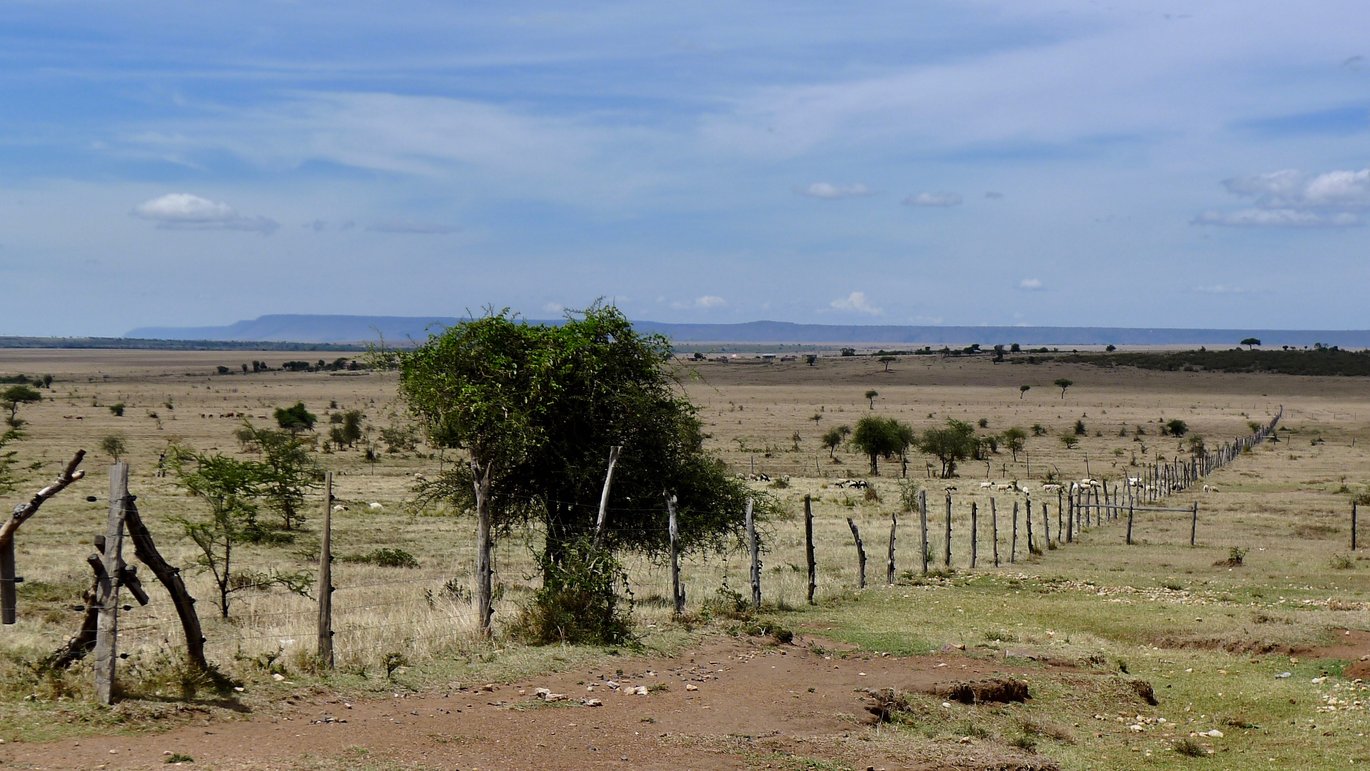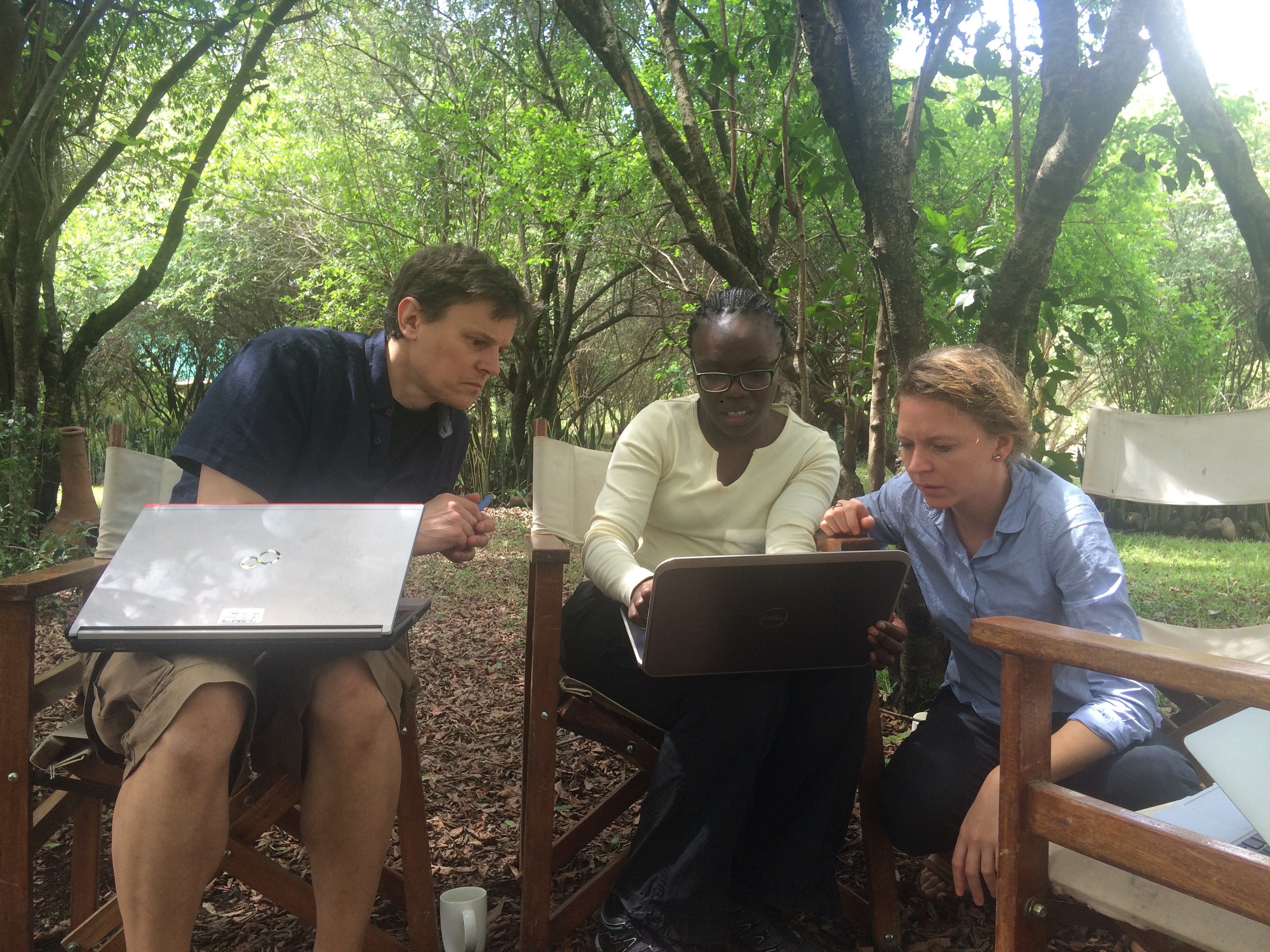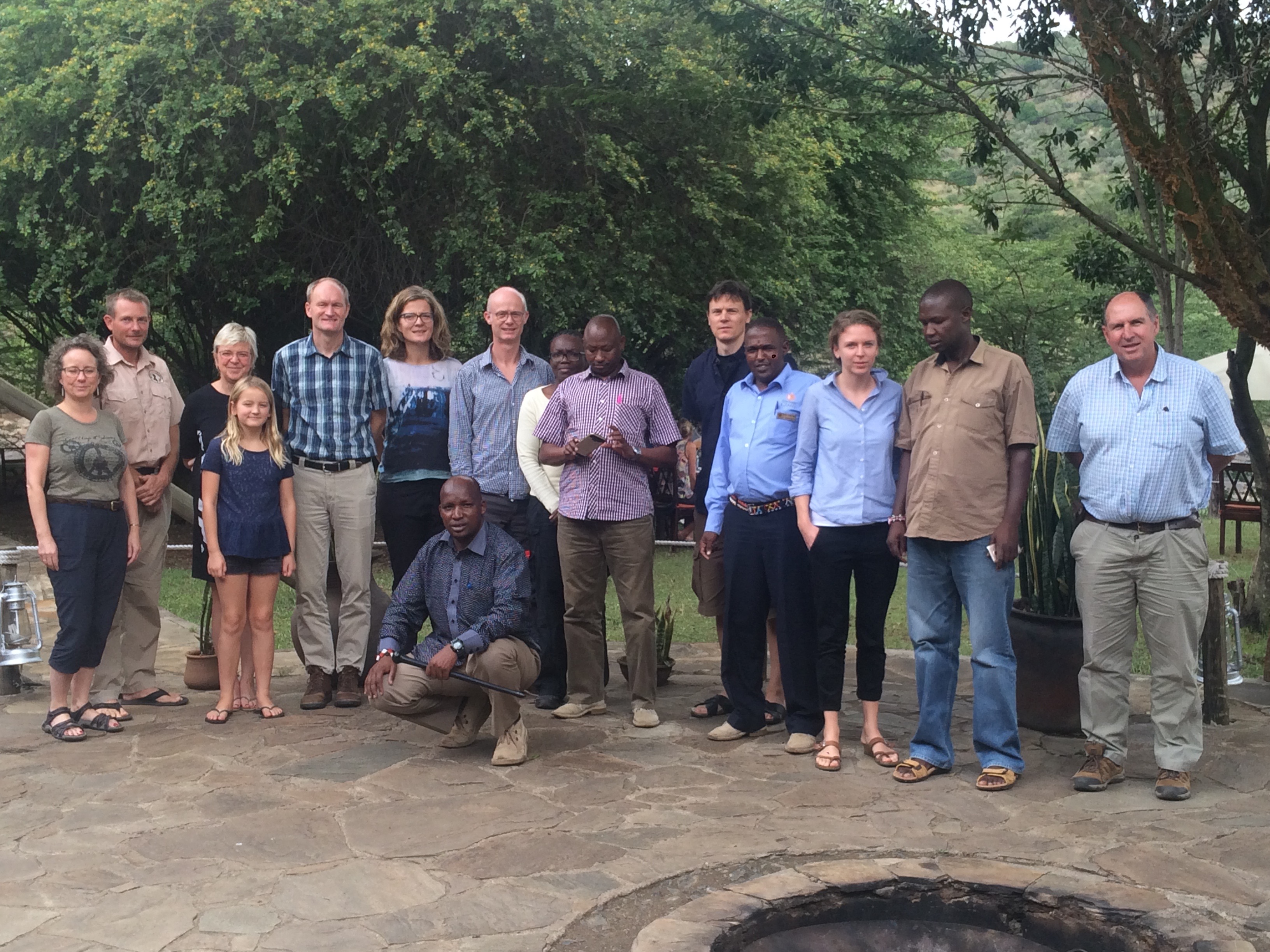Accelerating changes in land use – new perspectives from the ground
Late November a group of researchers went to look at fencing in the Maasai Mara. They returned home with new research ideas, data and contacts



Fencing is currently posing a major threat to the freedom of movement of both wildlife and livestock, which in turn jeopardize the future existence of the Maasai Mara ecosystem. Therefore quantifying the degree of fencing and developing a monitoring infrastructure of the process is important if we want to conserve the unique ecosystem, the mission of the Maasai Mara Science and Development Initiative (MMSDI).
Assistant Professor Mette Løvschal from Department of Archaeology, Assistant Professor Lars Bach from ICOA/Department of Management and GIS Coordinator Peder Klith Bøcher from Department of Bioscience at Aarhus University commenced a research project in August 2016 to map the acceleration, distribution and to better understand the ongoing fencing processes.
As a first step, a digitization of satellite pictures from 1975 to 2016 has been carried out. In November, these first data were presented to a group of stakeholders at a seminar at Karen Blixen Camp in Mara North.
After the seminar the research team went on field trips mainly in Mara North Conservancy for ground-truthing the satellite-based data.
“The visit to the Mara provided us with useful and interesting new data and gave us the opportunity to validate and upgrade our data” explains Mette Løvschal.
“We had some great discussions with representatives from the conservancies, land owners, rangers, NGO´s and academic scholars from Maasai Mara University and Univesity of Nairobi. We are very happy that they found our research interesting and relevant and we are now looking forward to collaborating further with them,” says Mette Løvschal.
After the seminar the research team went on field trips mainly in Mara North Conservancy for ground-truthing the satellite-based data. “The visit to the Mara provided us with useful and interesting new data and gave us the opportunity to validate and upgrade our data” explains Mette Løvschal. “We had some great discussions with representatives from the conservancies, land owners, rangers, NGO´s and academic scholars from Maasai Mara University and Univesity of Nairobi. We are very happy that they found our research interesting and relevant and we are now looking forward to collaborating further with them,” says Mette Løvschal.
The field trips and the meetings have also added new perspectives to research.
“Economic and living conditions for the local population, cultural habits and the planning and organization of grazing are of course vital issues for the fencing processes and opens up for new interdisciplinary research questions. The field trip provided a fantastic frame for interdisciplinary cooperation between related projects also involving our fellow researcher from Social Sciences Professor Dorthe Døjbak Haakonsson, Department of Management”.
The research team is now working on publishing their initial results which, once accepted by the journal will be made publicly available.
The field trips and the meetings have also added new perspectives to research. “Economic and living conditions for the local population, cultural habits and the planning and organization of grazing are of course vital issues for the fencing processes and opens up for new interdisciplinary research questions. The field trip provided a fantastic frame for interdisciplinary cooperation between related projects also involving our fellow researcher from Social Sciences Professor Dorthe Døjbak Haakonsson, Department of Management”. The research team is now working on publishing their initial results which, once accepted by the journal will be made publicly available.
Mette Løvschal is specialized in changes in tenure patterns in later prehistoric times, including the earliest emergence of landscape parcelling and enclosed settlements across northwestern Europe. She studies how these new spatial and social technological, in a long-term perspective, fundamental changed how the world was perceived. See her profile here: http://pure.au.dk/portal/en/farkml@hum.au.dk
See Professor Haakonsson´s project Livestock Breeding in the Mara North: A Tragedy of the Commons
Participants at the seminar November 26., 2016:
· Pernille Kallehave, Program Manager MMSDI, Aarhus University
· Niels Mogensen, Chief Project Officer, Mara Lion Project
· Lisbeth Kallestrup, MD, Center Manager, Aarhus University Hospital
· Per Kallestrup, MD, Department of Public Health, Aarhus University
· Peder Klith Bøcher, GIS Coordinator, Aarhus University
· Irene Amoke, research officer Maasai Mara Wildlife Conservancies Association (MMWCA)/program manager Kenya Wildlife Trust.
· David Mulli, regional coordinator, MMWCA
· Lars Back, Assistant Professor, Aarhus University
· Patrick Ololoinyio, Mara North Grazing committee
· Mette Løvschal, Assistant Professor, Aarhus University
· David Noosaron, landowner, member of the board of MMSDI
· Philip Valentine, COO Mara North and Mara Naboisho Conservancy's
· (in front) Joseph Nabaala, Area Chief, Aitong